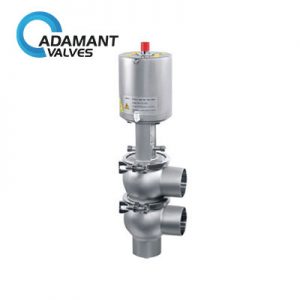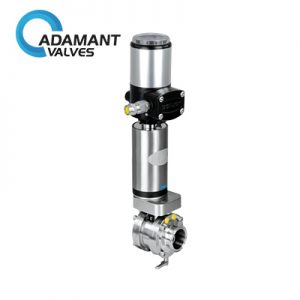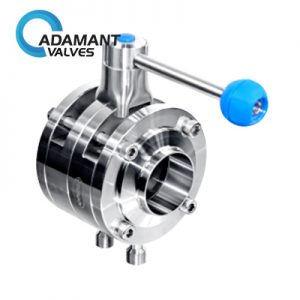The Use of Regulating Valve in Heating Pipe Network
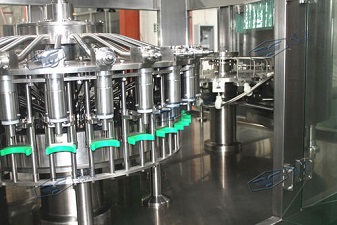
In the circulating water pipe network system of centralized water supply or central air conditioning, the problem of hydraulic imbalance is common.
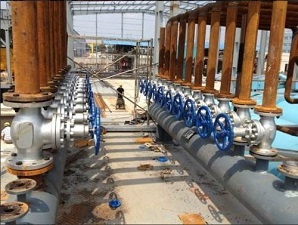
Due to the different resistance between loops and the relations between the coupling, the transmission and distribution of the flow are hard to balance and regulate, leading to such problems as poor quality of the running system, inaccurate and unstable flow regulation, uneven temperature at the user end, being forced to use large flow operation and serious energy waste. The main reason is the use of flow regulation equipment that is of poor quality, unreliable, easy to use, and of low cost.
A constant flow sanitary regulating valve is the regulating equipment specifically designed to overcome the above problems. It can accurately and reliably regulate, transmit and distribute the flow, eradicating the problem and hydraulic imbalances.
In the circulating water pipe network system of centralized water supply or central air conditioning, a constant flow regulating valve is installed on every loop in the user end.
Set the opening degree according to the users’ rated flow, and we can achieve a balanced transmission and distribution of the entire pipe network system, ensure the balance and stability of the transmission and distribution of the flow of the system, and improve the quality of operation and achieve energy-saving operation. There is no need for specialized debugging technology and meters.
The setting of the regulation is simple and intuitive, fast and reliable. In the building automation system of centralized heating or central air conditioning, a constant flow regulating valve equipped with the valve actuator can ensure the stability, accuracy, and reliability of regulation of system flow, improve the quality of operation, reduce the number of action by valve actuator to extend its service life.
According to the relevant information, in a central heating system, reasonable and balanced transmission and distribution of the flow can save electricity and coal by more than 15-20% respectively after achieving hydraulic balance.
Since the problem of imbalanced transmission and distribution of flow in the heating pipe network is solved, the room temperature of end users that can’t receive heat for a long time reaches standards. This can reduce user complaints, increase the toll rate, give full play to the existing boiler water pump, and expand the heating area. The economic and social benefits are very impressive.


